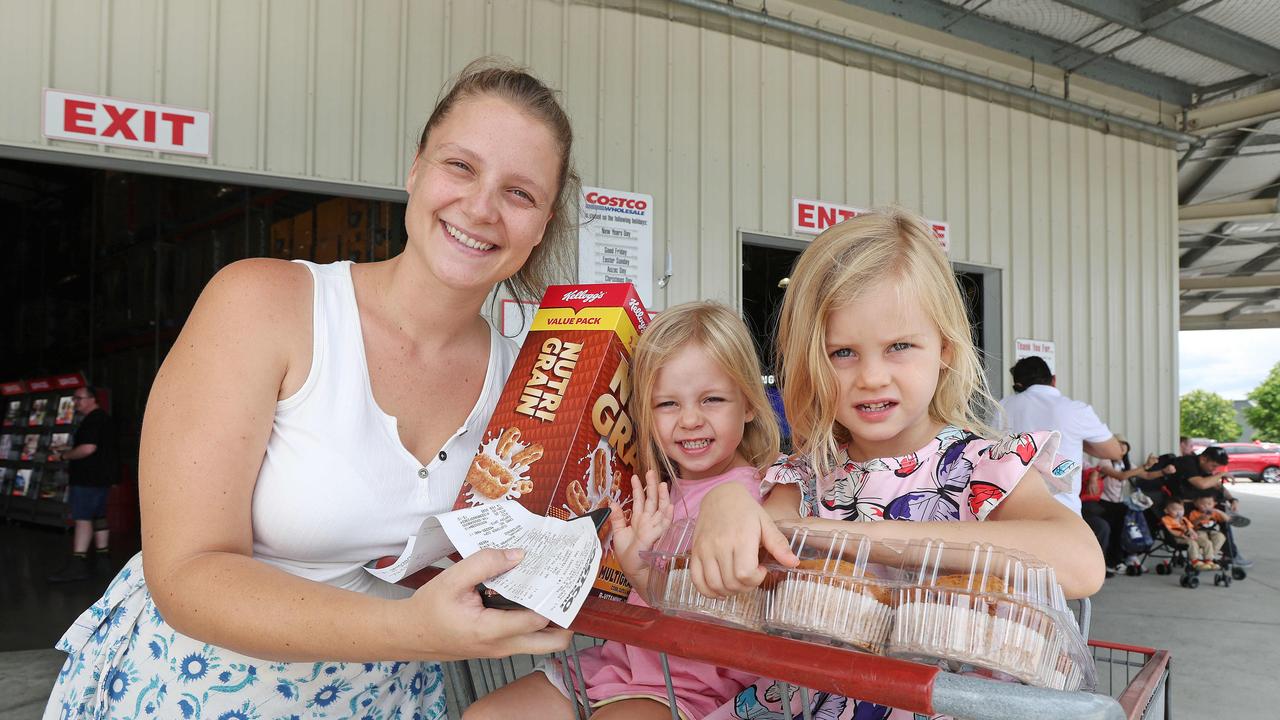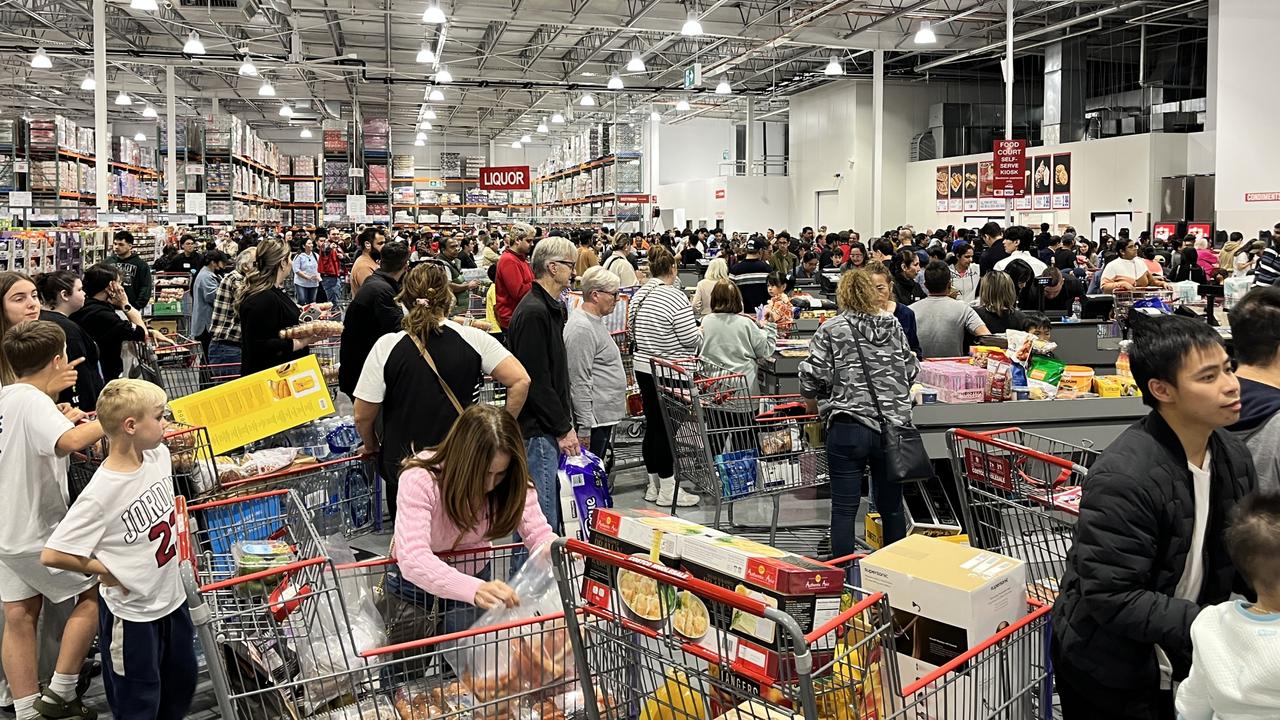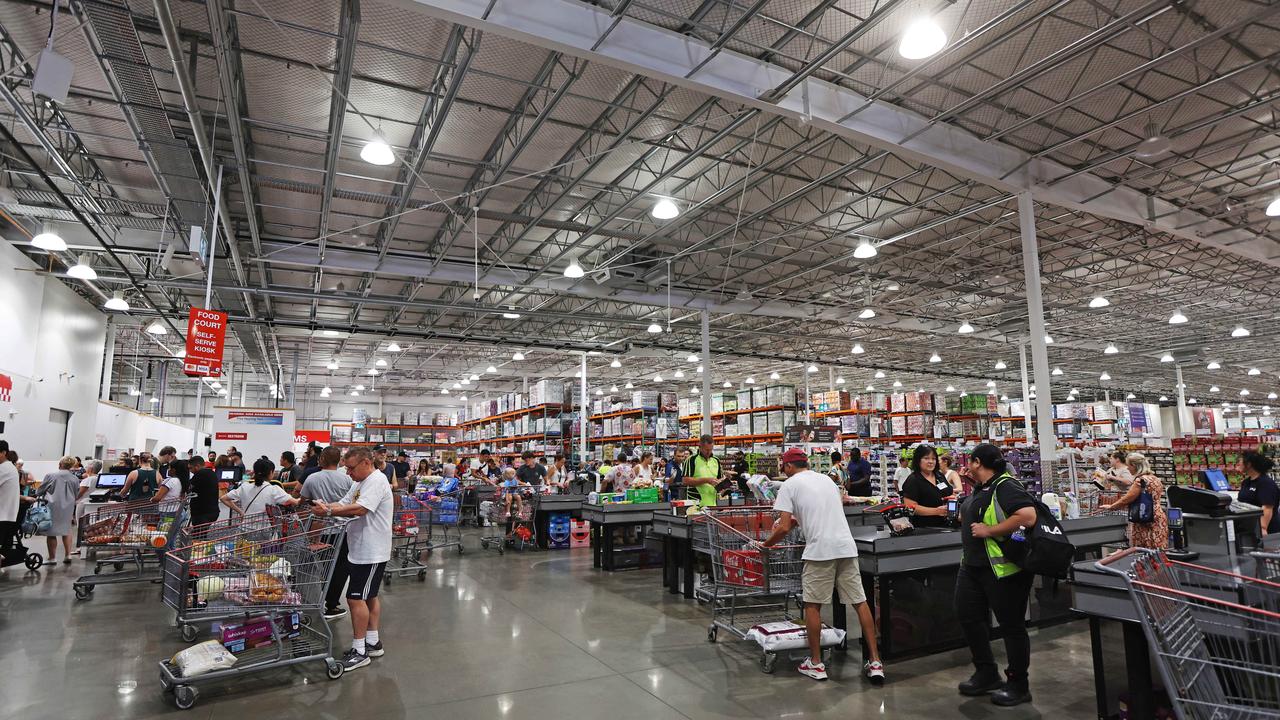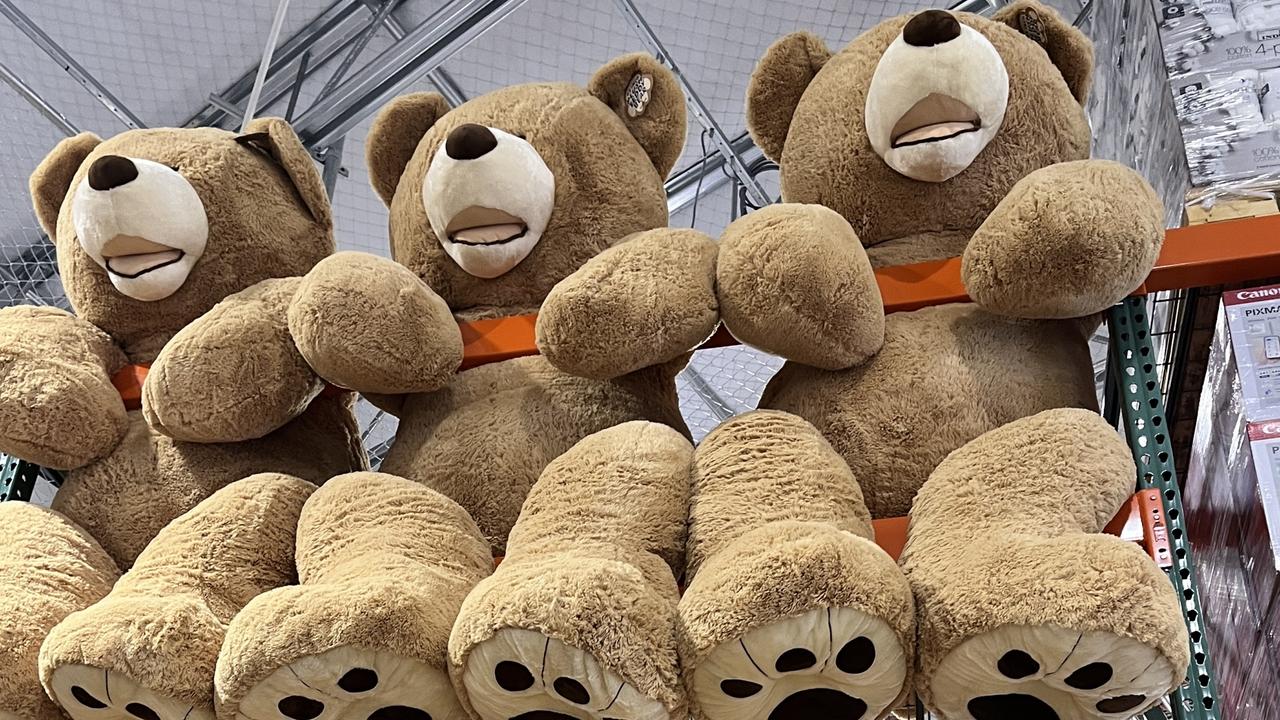Psychology of Costco drives Aussie store expansion
There are hidden tricks that Costco uses that will make you never see the shopping giant’s store the same way again.

“Treasure-hunting” Australians have allowed multinational, membership-only warehouse retailer Costco to expand to a 15th property, pushing its Aussie real estate footprint to a staggering 210,000+ square metres across multiple states.
Costco’s newest and largest store is in Ardeer, Melbourne and the company plans to add five more locations by 2030, with particular interest in urban development zones around Sydney, Geelong, and Wollongong.
MORE:Bank forecasts rates to hit pandemic levels
When Costco first launched in Docklands, Melbourne, in 2009, the American model of bulk buying and paid membership was met with uncertainty. But it paid off — that store quickly became one of the top five performers globally.
The Treasure Hunt
In an interview with The Motley Fool, Costco co-founder and former CEO Jim Sinegal described Costco’s business model as a “treasure hunt.” It trades on the excitement of the hunt and the anticipation of the reward.
The journey begins the moment you flash your membership card at the entrance of the cavernous warehouse, where you’re greeted by luxury items like 98-inch Samsung TVs, Versace watches, even six-figure diamond rings – all presented at remarkable value.
MORE: Homeowners hope for $40m windfall
These high-end attention-grabbing items aren’t necessarily there to fly off the shelf, rather, they imply that since TVs are affordable, then the baked beans and biscuits must be a steal.

Vast layout
The bare-bones layout sets the stage for this bargain-hunting expedition. Each warehouse spans around four acres and is deliberately stripped back to concrete floors, industrial lighting, and floor-to-ceiling steel shelving. There’s no music, no signage, no store map. Deliveries go straight from the truck to the shelf, shrink-wrapped and untouched. There’s no backroom, no elaborate displays, just volume and value.
MORE:Cult Aussie pizza joint axed
This stark, utilitarian set up keeps operating costs low and helps create a sense of abundance. Shoppers navigate aisles searching for essentials — and inevitably discover things they didn’t know they needed. Even the extra-wide aisles, designed for forklifts, slow the pace and subtly encourage browsing. It may look chaotic, but it’s actually a carefully engineered retail experience.
Creating urgency
Costco’s Australian warehouses stock around 4000 products — a relatively small selection compared to major supermarkets — but in large volume. Of that, 25 per cent is rotated constantly. One week, it’s a $24.99 Nautica jumper; the next, it might be a $29.99 Tommy Hilfiger shirt. According to Sinegal, this rotation creates a sense of urgency:
“Those are the types of things that continue to bring customers in shopping with us. We try to create an attitude in those kinds of products that if you see it, you’d better buy it, because chances are it’s not going to be there next time.”

Taste test tease
Brave the weekend crowds and you’ll be rewarded with a veritable three-course meal of food samples. According to behavioural economist Melina Palmer, the psychology behind a taste test is powerful:
“You get a tiny taste of something you want more of, and boom — something you’d never pick off the shelf suddenly becomes a favourite.”
MORE:What it’s like to live and work on a cruise ship
And it works. Sampling typically leads to a 76 per cent boost in sales, according to internal figures. In one case, Costco’s frozen pizza reportedly saw a 600 per cent spike following in-store trials.
A Culture of Discovery
Costco’s expansion isn’t just about low prices and bulk goods — it’s built on a distinct culture of discovery. Across the globe, members swap stories of their best finds — or most absurd purchases. It’s not just retail. It’s ‘Costcology’ and it’s driving urban expansion.

What many assumed would be a barrier to entry — the $65 annual membership fee — turned out to be anything but. “Australians didn’t baulk at the model,” wrote Stella Minahan of Deakin Graduate School of Business, noting that most shoppers recouped the cost in their very first visit. And it’s not hard to see how. Costco has developed a cult following for its food court’s iconic hot dog and bottomless soda combo at just $1.99 — a price Sinegal famously vowed would never change from its 1985 debut. Add in an extra-large pizza ($15.99) and a rotisserie chicken ($6.99) for dinner, and suddenly, that membership has already paid for itself.
Originally published as Psychology of Costco drives Aussie store expansion




